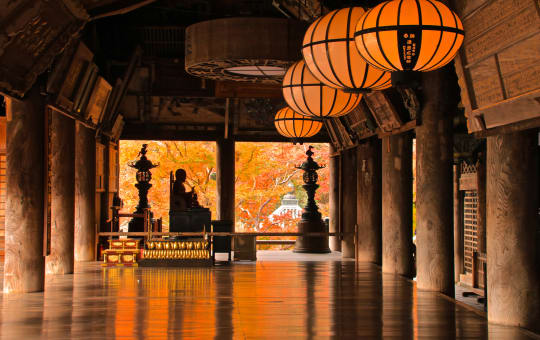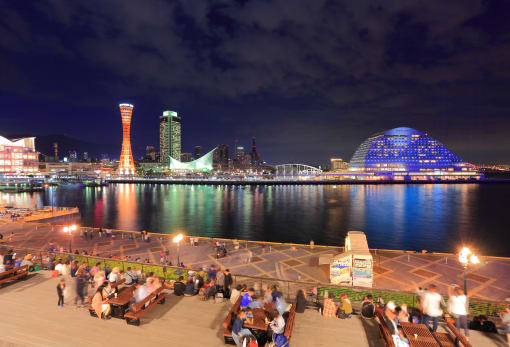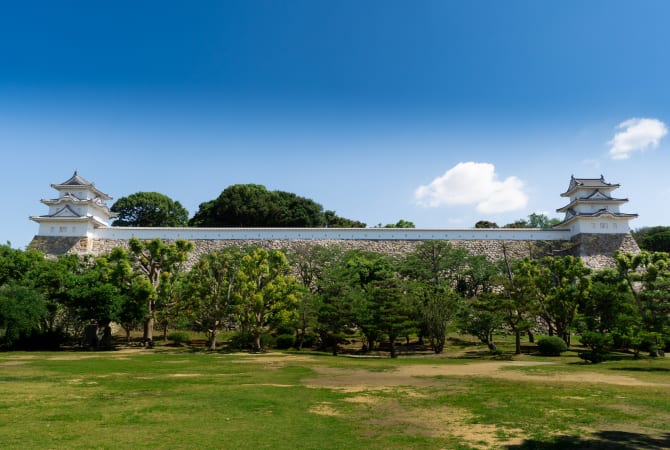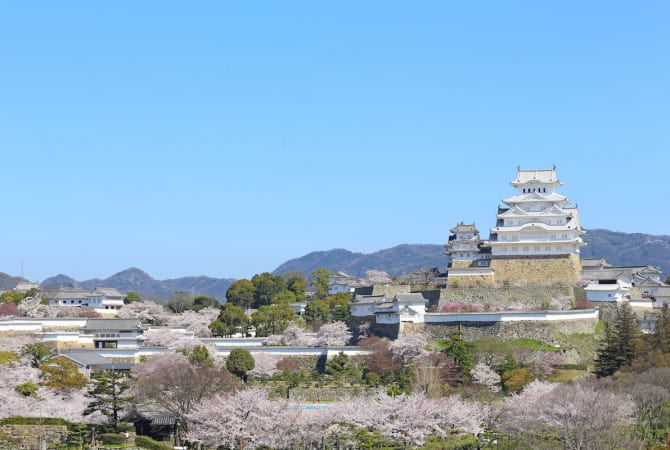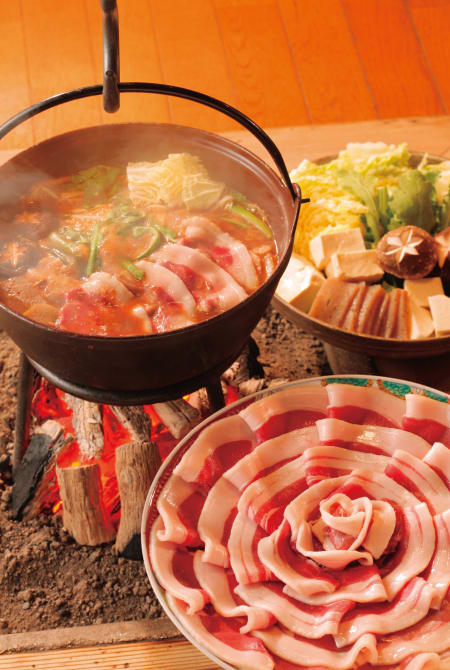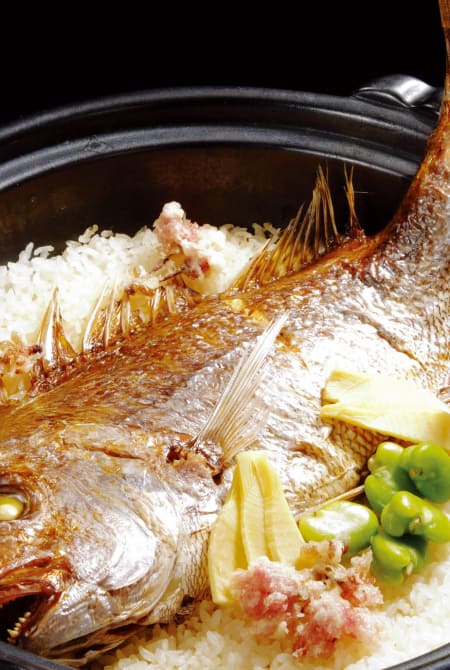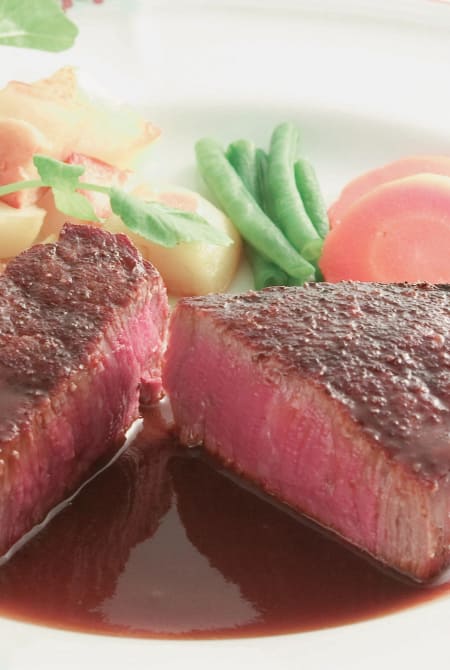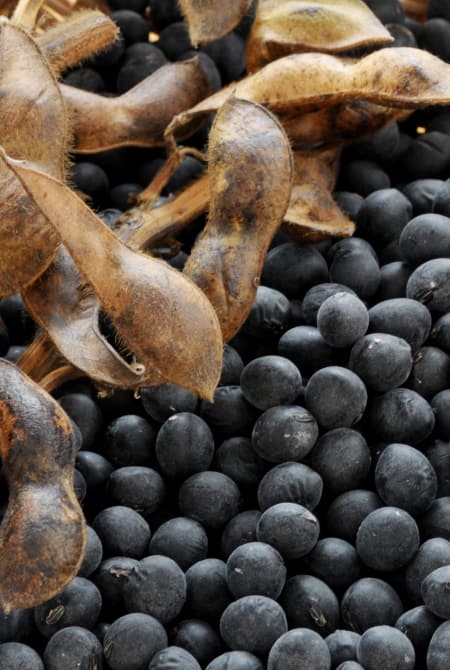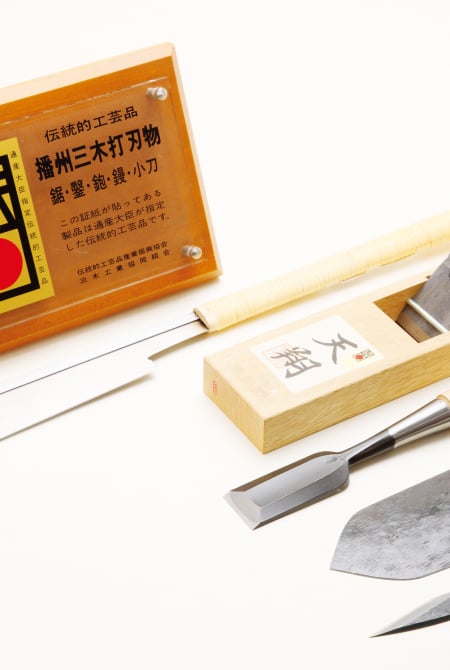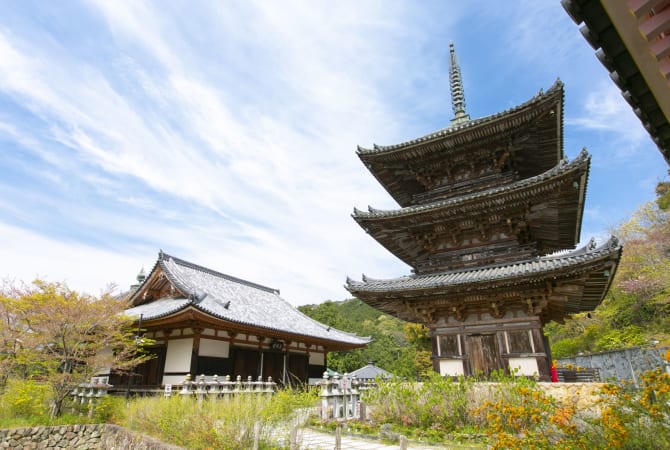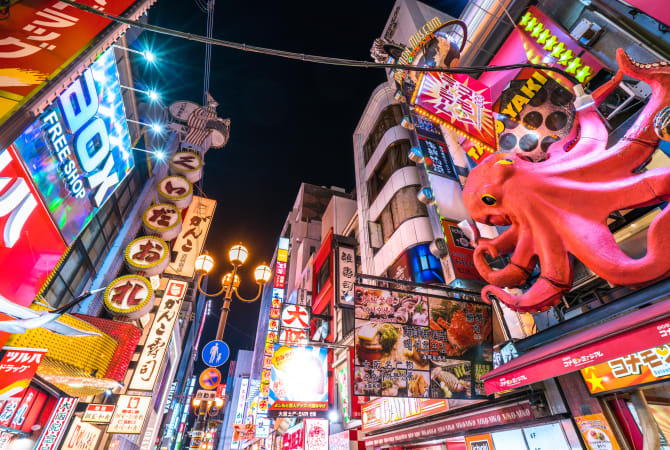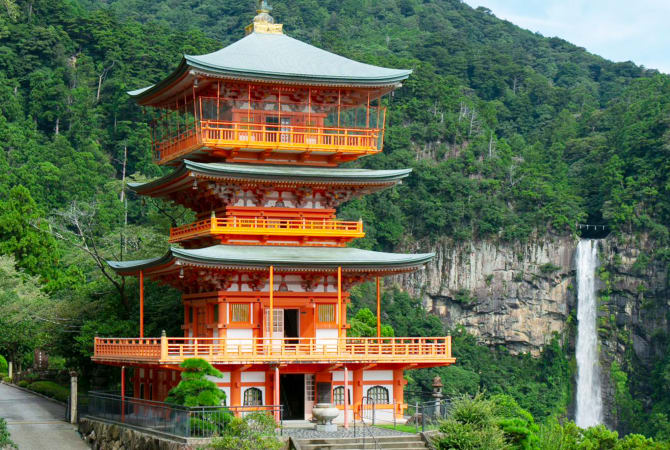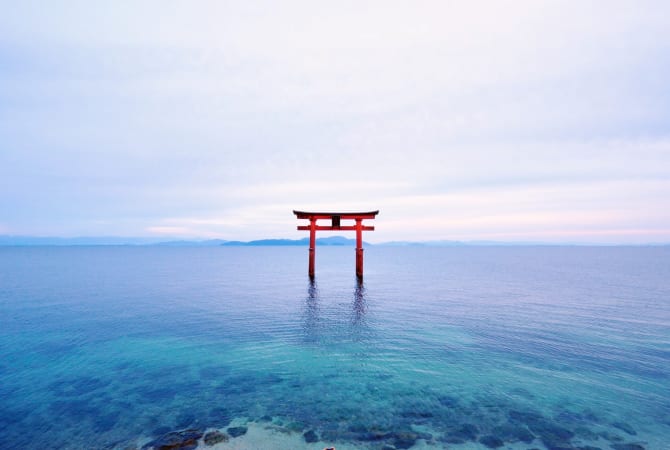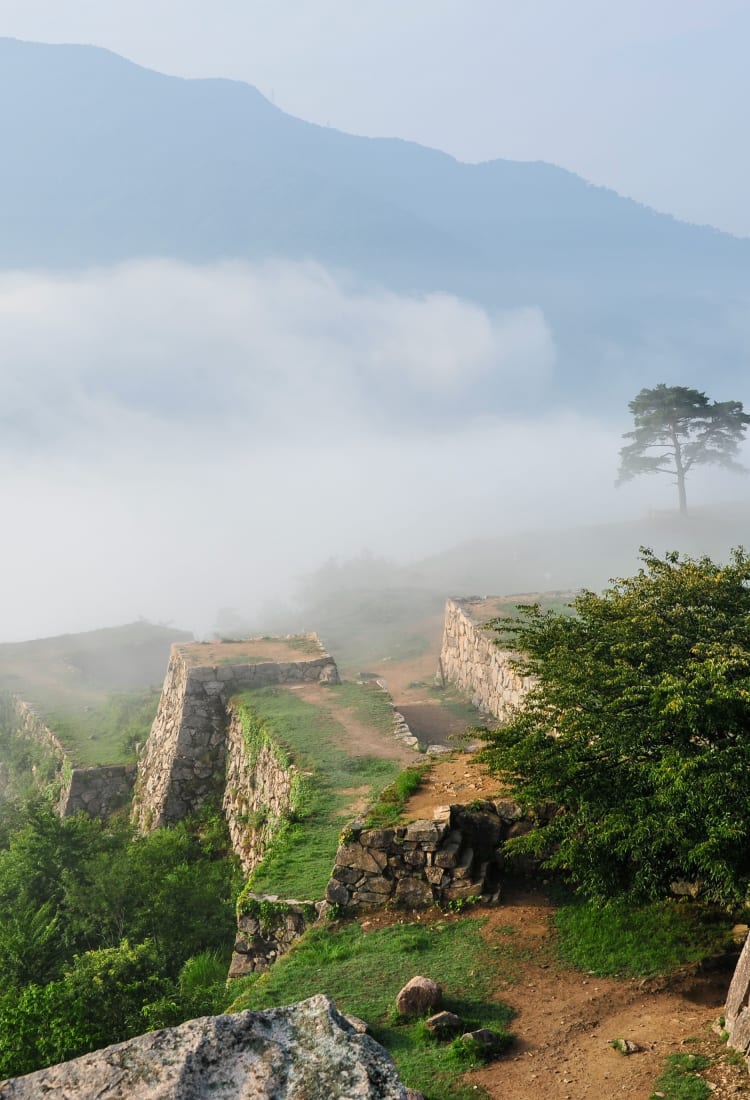

Kansai Hyogo Castles and Kobe beef on Osaka's doorstep
Ancient castles, a vibrant port city and renowned onsen beckon visitors to conveniently located Hyogo Prefecture
How to Get There
Hyogo Prefecture’s two largest cities are Kobe and Himeji and are easily accessed by bullet train.
Travel to and from Tokyo, Nagoya, Hiroshima and Fukuoka is an easy journey on the Tokaido-Sanyo Shinkansen to Shin-Kobe Station or Himeji Station. Hyogo is a short ride on commuter rail from Osaka and Kyoto. For access by air, Kobe is about an hour from Kansai International Airport, while Kobe Airport handles domestic flights. If you're traveling by car, the prefecture is well-linked by road. The world’s longest suspension bridge, the Akashi Kaikyo Bridge, links mainland Hyogo to Awaji Island and onward to Shikoku.
Don’t Miss
- Himeji Castle, an iconic and well-preserved castle
- Kobe’s nighttime views, best observed from the Kobe Port Tower and the Kobe Ropeway
- Takeda Castle Ruins, also known as the "castle floating in the sky"
- Kinosaki Onsen, a timeless hot spring resort town
Explore Hyogo by Area
Trending Attractions in Hyogo
Local Specialties
-
Botan Nabe
The mountains and forests of Hyogo are home to many wild boar. In the months leading up to winter, hunters would bring home their tusked prizes and make a hot pot dish known as botan nabe that you can still enjoy in the region today.

-
Akashi Sea Bream
The sea bream flourishes in the waters off the coast of Akashi, and the ones caught here have an exceptional depth of flavor and a texture that is suited for both sashimi and grilling. Sea bream is a traditional dish at celebrations in Japan, so celebrate by trying it here.

-
Kobe Beef
Within Japan, "Kobe beef" refers to beef cattle from Tajima. It is characterized by its marbling, flavor and fat that has a melting point lower than human body temperature.

-
Kuromame
Tamba black beans, known as kuromame, are grown in the Kyoto area and used in several ways in local cuisine. That includes being mashed with sugar and used to make sweets, or roasted until crunchy and served as a snack alongside ice-cold beer.

-
Toyooka Willow Basketry
Willow basketry in Toyooka has stood the test of time—it's been around for more than 1,000 years. Originally used for household baskets and bento boxes back in the 9th century, today these time-honored weaving techniques are used to make stylish overnight bags and handbags.

-
Banshu Miki Forged Blades
Centuries ago, tragedy turned into opportunity—rebuilding the razed Miki Castle transformed this region into a bladesmithing center. Custom-crafted saws, knives, chisels and other tools hand-forged in Miki are used and treasured by carpenters and others across Japan.

-
Izushi Ware
Izushi yaki porcelain dates back to the 18th century discovery of kaolin-rich clay in Izushi. A high-contrast white ceramic, it is used as the base for imaginative reliefs, patterns, underglazes, overglaze decorations and lavishly ornate cartouche details.

-
Tamba Tachikui Ware
Tamba Tachikui yaki is produced in one of Japan’s six ancient potting centers. This 800-year-old ceramic tradition is focused on functional vessels, including jars and urns. Early forms were stylized with natural ash glazes, while slip glazes were introduced later.

Seasonal Highlights
-
Spring
During cherry blossom season, the prefecture turns pink and the area surrounding Himeji Castle is particularly breathtaking. Enjoy the Kobe Festival and witness the yearly mountain burnoff in the Tonomine Highlands.

-
Summer
The hotter months are a time for outdoor adventures and festivals. Head to the cooler climes of some of Hyogo’s mountains, or down to the beaches of Suma, Ieshima or Awaji Island for fun and fireworks.

-
Autumn
Autumn in Hyogo means spectacular events such as the Nada Fighting Festival, Kobe Jazz Street and the Tamba Momiji Meguri (Maple Leaf Tour), as well as cool temperatures for the Kobe Marathon.

-
Winter
The cold winter months are perfect for a ski trip and onsen getaway, and the Kinosaki area is perfect for both.





























































